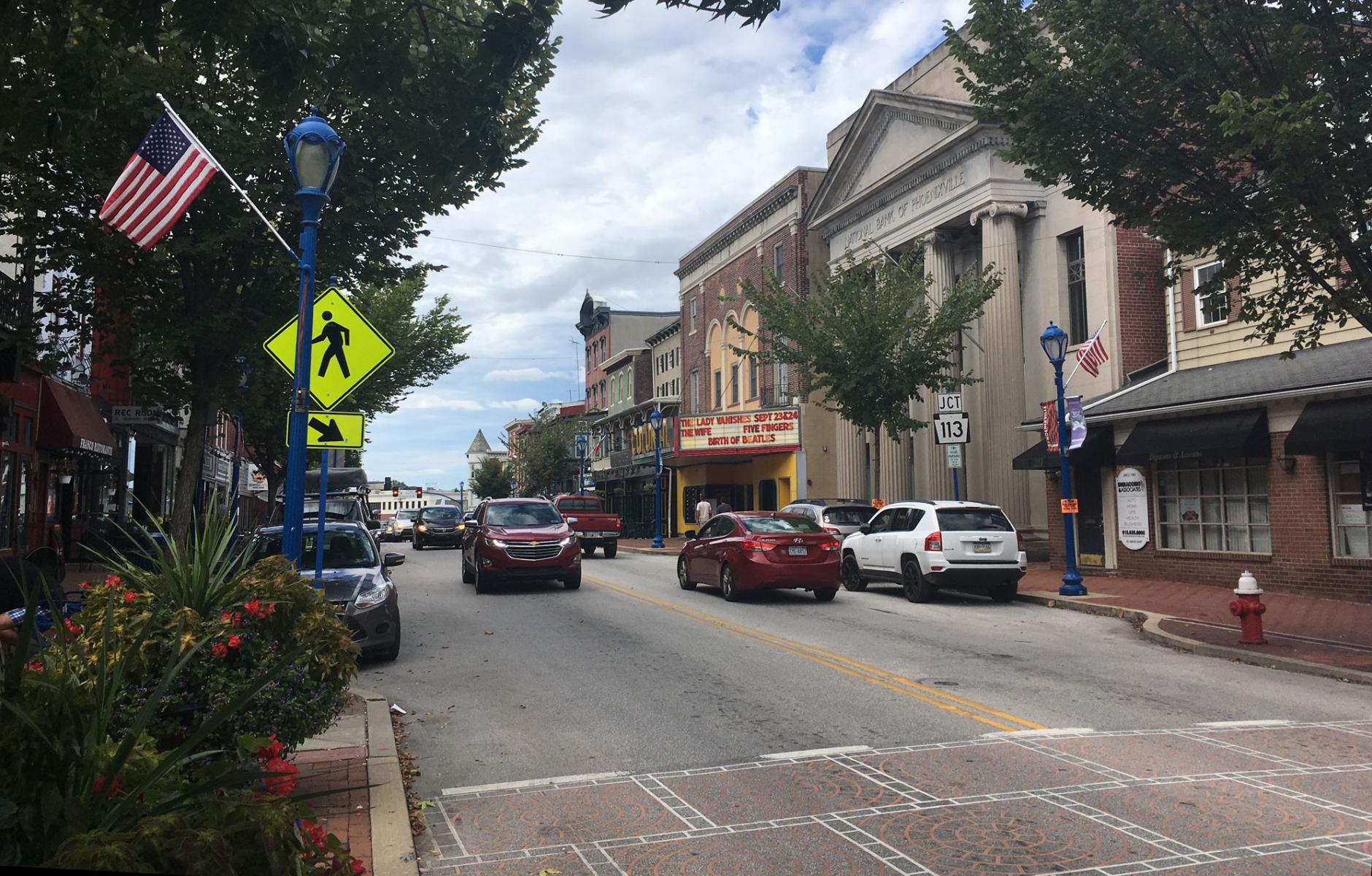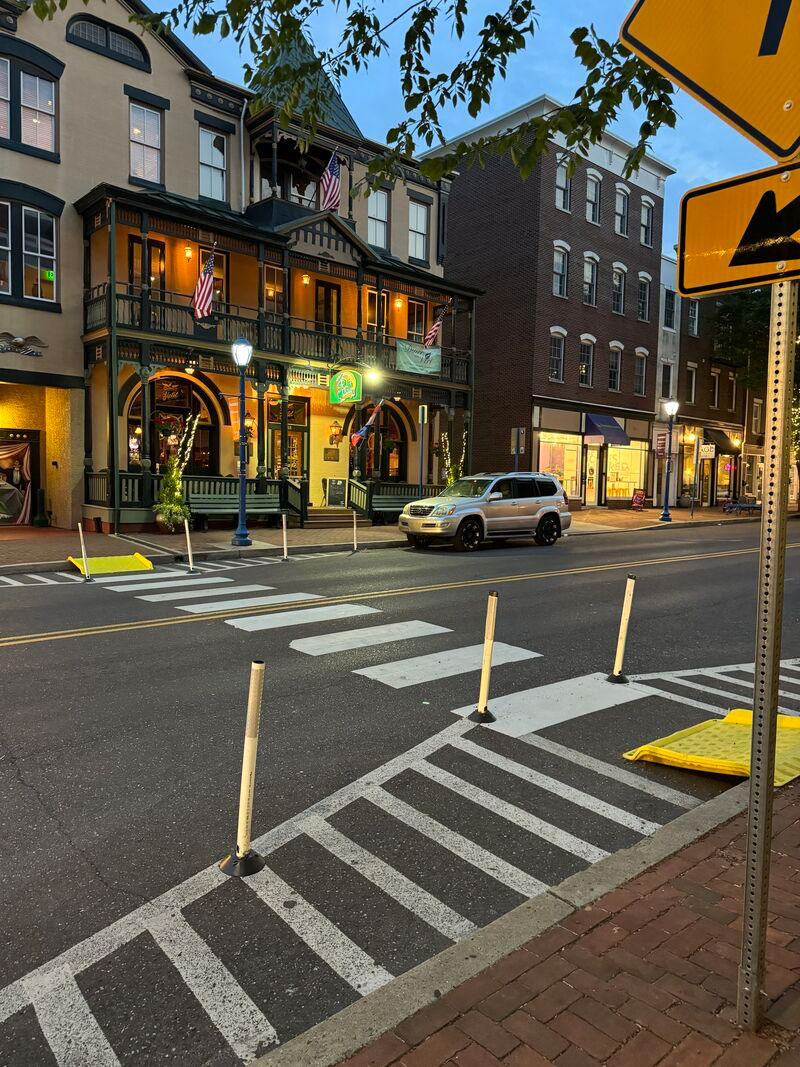
Small city revival in PA
Outside of Philadelphia and Pittsburgh, Pennsylvania is known as a rural state. Less recognized are the many small urban municipalities throughout the state, with good historic architecture and streets. Many are gaining population.
Phoenixville, a former industrial town about 20 miles northwest of Philadelphia, is an excellent example of a small municipality reinventing itself. The borough lost its industrial base when its Iron Works closed in 1987. Initial attempts to lure corporate office jobs failed—but a new urban strategy has succeeded in the last 10-15 years.
Nathan Allebach, a communications professional from Phoenixville, describes what is happening there:
“Phoenixville has quickly become one of the most walkable places in all of Pennsylvania by adding thousands of mixed-use housing units and installing safe street infrastructure throughout downtown in recent years.
“The results are undeniable—streets filled with people all year round, more economic productivity, more small businesses thriving, and people from surrounding towns flocking in to move or visit. They close their main streets to cars every weekend from spring through fall and they're constantly hosting events that bring in families and businesses.”
To Allebach’s point, Phoenixville’s population has risen by nearly a third in the last two decades. The borough—the legal term for small cities and towns in Pennsylvania—has adopted form-based zoning standards and eliminated downtown parking requirements. Starting in the 1990s, it became a hotbed of microbrewing. Phoenixville now has 10 breweries and a distillery, which add life to downtown.
The borough started with a good stock of historic buildings on narrow streets that contribute to a walkable environment, and local leaders have built on that asset with welcoming infrastructure for pedestrians.

The borough has adopted standards that allow for narrow streets, especially in residential areas, in keeping with historical patterns. The code also states: “New blocks shall be connected to the Borough network of streets, alleys and sidewalks to enable a continuous vehicular and pedestrian network.”
Many commented on Allebach’s post, including a commercial real estate professional: “I live 10 minutes from downtown Phoenixville and visit often. What a transformation throughout the last 10-15 years, and those involved should be proud. By far one of my favorite towns to dine and shop.”
Another commented: “This kind of downtown regeneration at any scale does not happen by accident. Congratulations to the visionaries and investors who committed to one playbook. Keep going.”
The economic revival has contributed to affordability issues. According to Zillow, the median house price is $495,000, about 12 percent above the national average. Those who live in walkable neighborhoods are able to offset some of those costs through reduced driving. The borough formed an Affordable Housing Task Force in 2017, which evolved into the Phoenixville Council on Affordable Housing in 2018. The borough formed an Affordable Housing Task Force in 2017, which evolved into the Phoenixville Council on Affordable Housing in 2018. It
Among its strategies:
- Maximize the use of current housing resources.
- Explore the creation of new local housing resources and other funding options.
- Establish regional affordable housing goals and an implementation strategy.
Phoenixville benefits economically from its location in a major metro area, but the approach works in smaller markets. Any municipality can enhance pedestrian and bicycle networks and reform the zoning code to promote a walkable lifestyle.
“Take notes, small towns across America!” Allebach says.




